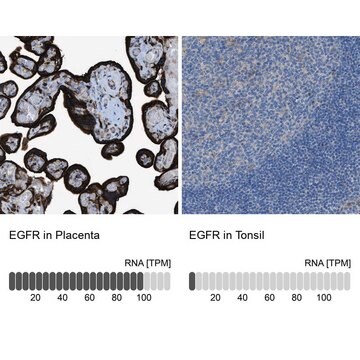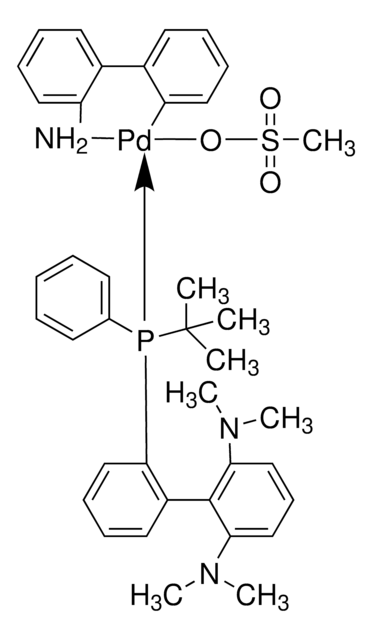03-4640
tert-Butanol
SAJ first grade, ≥98.0%
Sinonimo/i:
2-Methyl-2-propanol, tert-Butyl alcohol, Trimethyl carbinol
About This Item
Prodotti consigliati
Grado
SAJ first grade
Densità del vapore
2.5 (vs air)
Tensione di vapore
31 mmHg ( 20 °C)
44 mmHg ( 26 °C)
Saggio
≥98.0%
Stato
liquid
Temp. autoaccensione
896 °F
Limite di esplosione
8 %
Disponibilità
available only in Japan
Indice di rifrazione
n20/D 1.387 (lit.)
pH
7 (20 °C)
P. ebollizione
83 °C (lit.)
Punto di fusione
23-26 °C (lit.)
Densità
0.775 g/mL at 25 °C (lit.)
Stringa SMILE
CC(C)(C)O
InChI
1S/C4H10O/c1-4(2,3)5/h5H,1-3H3
DKGAVHZHDRPRBM-UHFFFAOYSA-N
Cerchi prodotti simili? Visita Guida al confronto tra prodotti
Avvertenze
Danger
Indicazioni di pericolo
Consigli di prudenza
Classi di pericolo
Acute Tox. 4 Inhalation - Eye Irrit. 2 - Flam. Liq. 2 - STOT SE 3
Organi bersaglio
Central nervous system, Respiratory system
Codice della classe di stoccaggio
3 - Flammable liquids
Classe di pericolosità dell'acqua (WGK)
WGK 1
Punto d’infiammabilità (°F)
59.0 °F - closed cup
Punto d’infiammabilità (°C)
15 °C - closed cup
Dispositivi di protezione individuale
Eyeshields, Faceshields, Gloves, type ABEK (EN14387) respirator filter
Scegli una delle versioni più recenti:
Certificati d'analisi (COA)
Non trovi la versione di tuo interesse?
Se hai bisogno di una versione specifica, puoi cercare il certificato tramite il numero di lotto.
Possiedi già questo prodotto?
I documenti relativi ai prodotti acquistati recentemente sono disponibili nell’Archivio dei documenti.
Il team dei nostri ricercatori vanta grande esperienza in tutte le aree della ricerca quali Life Science, scienza dei materiali, sintesi chimica, cromatografia, discipline analitiche, ecc..
Contatta l'Assistenza Tecnica.




![Chloro[tris(para-trifluoromethylphenyl)phosphine]gold(I) 99%](/deepweb/assets/sigmaaldrich/product/structures/250/453/f96e05ee-0d9c-46a0-b0f5-818f89e15a2e/640/f96e05ee-0d9c-46a0-b0f5-818f89e15a2e.png)




